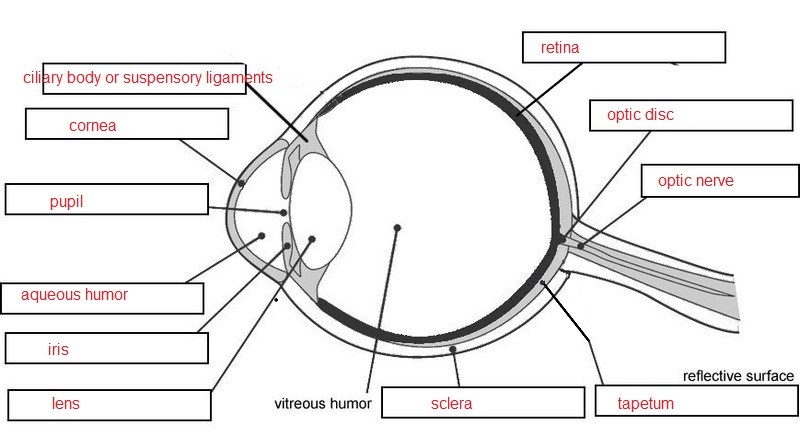COW EYE DISSECTION TEACHER'S GUIDE
The cow eye is a fantastic specimen for students of all ages to dissect. The structures are clear, dissection easy to accomplish and usually kids enjoy the lab. The lab guide for students outlines the procedure for the dissection and you can view the eye gallery to see photographs of the dissection.
Where do you get cow eyes?
Most biological supply companies sell them. My preference for preserved specimens is carolina.com, but you can purchase them from wards, science kit, or any other vendor your school works with.
What are safety precautions?
Students should wear safety goggles (eyes squirt) and latex (or similar) gloves. Scalpels work best to cut the eye, but scissors will work too if they have a sharp point
Resources
I often leave eye models out during the lab to show comparisons between the cow and the human eye. Plus, I've found that my anatomy students have trouble matching parts on models to the real thing. I also leave diagrams on lab tables to help locate structures.
Common Hurdles, Questions and Problems
The sclera is usually not white in preserved specimens. Students often mistake the sclera outside the cornea for the iris, which cannot be viewed until the eye is opened.
Students often want to know what is inside the lens, it does no harm to allow them to see for themselves. There's actually nothing there, it is a solid mass of tissue.
Instructions call for removal of the fat, students may get distracted by this step, it is really not that important if they can see the cornea.


